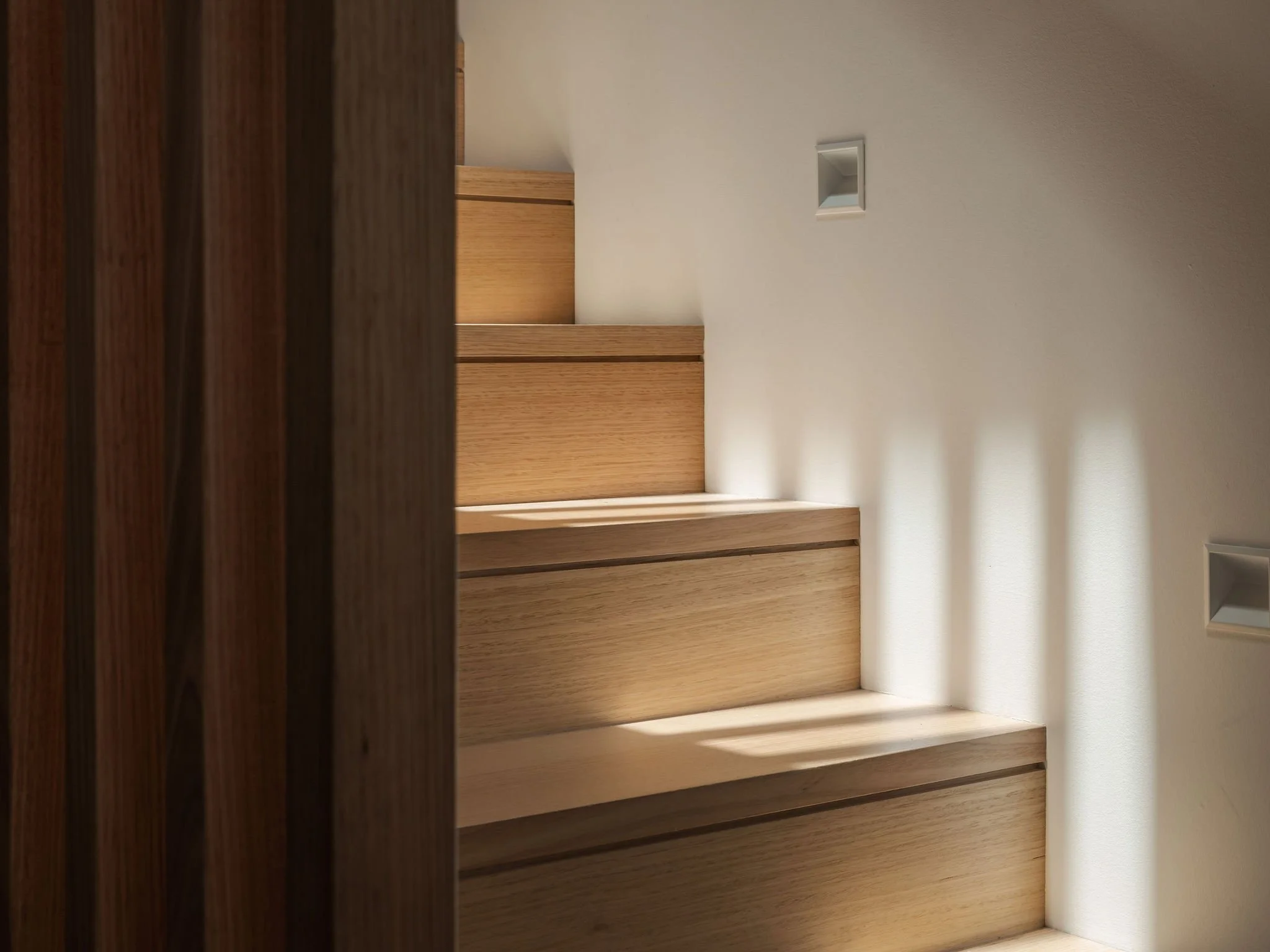What is Passive House?
Having completed the Passive House Designer Course over the past few weeks I have learnt that there is a better way to build. We already create environmentally responsive houses that harness natural sources of heating and ventilation but we need to be active users of those passively designed homes, and the internal environment is somewhat beholden to the extremes of our climate.
Passive House is different, it is a complete solution that brings together a number of principles to efficiently and cost effectively improve our building envelopes. It is a tested and verified certificate system that has been developed in Germany. In a nutshell, the indoor environment is controlled to specifically achieve a narrow window of comfortable temperatures, humidity levels and heat flow. It is this control of the variation that eliminates the potential for mould and condensation to develop in the first place, while still allowing indoor outdoor living, as we have become accustomed to (albeit when our outdoor air quality is good).
The benefits are five fold. Aside from improved health, air quality, acoustics and comfort, sustainable homes can be achieved economically. Theoretically a room could be heated by as as little as 10 tealights, the initial extra over investment in construction can be as little as the cost of a coffee per day, and balances out rising energy running costs in the longer term compared to a conventional house.
The choice is: throwing money to the wind on energy that is going through the roof, or investing those savings up front and living in a comfortable and healthy property for years to come.
With 90% of Passive House projects spent in the planning phase, time is very much on our side to plan ahead for better times.
Fore more information click here.
(Watch this space: the Passive House Designer certification exam will be rescheduled for later in the year).

